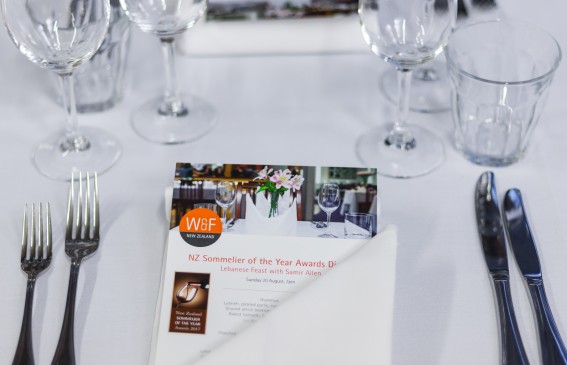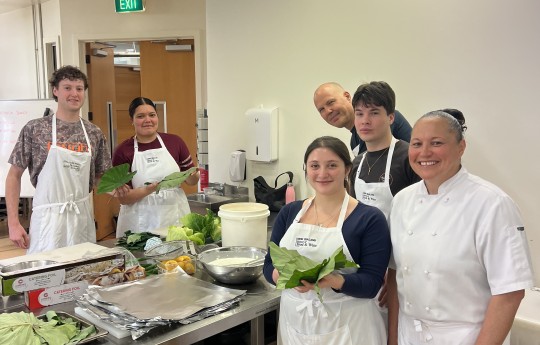Recipe: Crepe Batter (Lemon & Sugar)
Crepes, or thin pancakes if you prefer, make a base for many toppings and fillings. Celia Hay starts with a simple treatment of lemon and sugar.
Crepes are quick to make and easy to prepare. They can be made in advance, covered in plastic wrap and refrigerated for a few days or frozen for use in the future. They can be used for both savoury and sweet courses and crepes are one of those classic recipes that teach young people to cook something straight-forward for themselves at home.
I prefer to make the crepes with a thin batter and slightly undercook them so they retain a soft, silky texture. If the batter is too thick they will be rubbery and chewy to eat and will not roll well. If the crepes are cooked in too much butter or oil, and for too long, they will become crisp and again difficult to roll. It is a good idea to cook them in a nonstick frying pan* as this ensures the crepes are easy to loosen and do not tear when flipped.
Ingredients (Makes 8-10 Crepes)
| 2 | Eggs |
| 1 pinch | Salt |
| 120 g | Plain flour |
| 300 ml | Milk |
| 1 Tbsp | Vegetable oil, (canola, rice bran) plus extra for cooking |
| ¼ cup | Caster sugar |
| 1 | Lemon |
Directions
- Whisk the eggs and salt in a bowl.
- Sift flour. Add a quarter of the flour to the eggs and whisk together. Then add one-quarter of the milk. Whisk until incorporated. Repeat until all the milk and flour has been mixed together.
- Whisk in the 1 Tbsp oil.
- Leave to stand for 30 minutes. The batter should have the consistency of thick cream. If too thick, whisk in a little more milk or water.
To make the crepes
- Pour the crepe batter into a jug as this makes it easier to pour on to the hot frying pan.
- Heat a small frying pan. Using a paper towel, wipe the pan with a light coating of oil.
- While holding the frying pan handle with one hand, pour in the crepe batter. Start at the front quarter of the pan and then tilt the pan so that the batter runs around the surface in one direction and joins up at the first point where the batter hit the pan.
- You need to rotate the pan gently in one direction only so the batter has time to coat the hot pan. If you tip the pan from side to side, the batter gets confused and will set and become thick or coat unevenly.
- The trick is to get a gentle rotation movement which will take you a few times to master. The crepe should be thin and even.
- As the crepe cooks, it will lift at the edges and should be easy to turn, or if you are bold, have a go flipping it into the air.
- It takes around one minute to cook on the first side. Once you turn it, the crepe needs less than a minute to cook. Then tip it out on a plate to cool.
- Repeat this process. Don't forget to wipe the pan each time with the oiled paper towel. This is insurance against the crepe sticking to the pan.
- The cooked crepes can be piled on top of each other to cool.
Cooks' tools
Celia recommends using a 25cm non-stick frying pan for crepe making. You can pick them up fairly cheaply from supermarkets and kitchenware stores. Or you can use a metal or cast-iron pan that you spend a bit more on, and if you look after it and season it well, it will serve you well for many years to come.
Lemon and sugar crepes
Place a hot crepe on a warmed flat plate. Sprinkle with 1 tsp caster sugar and a squeeze of lemon juice. Serve flat or roll into a cylinder. Serve with a spoon of whipped cream or yoghurt and/or a sprinkle of icing sugar.







